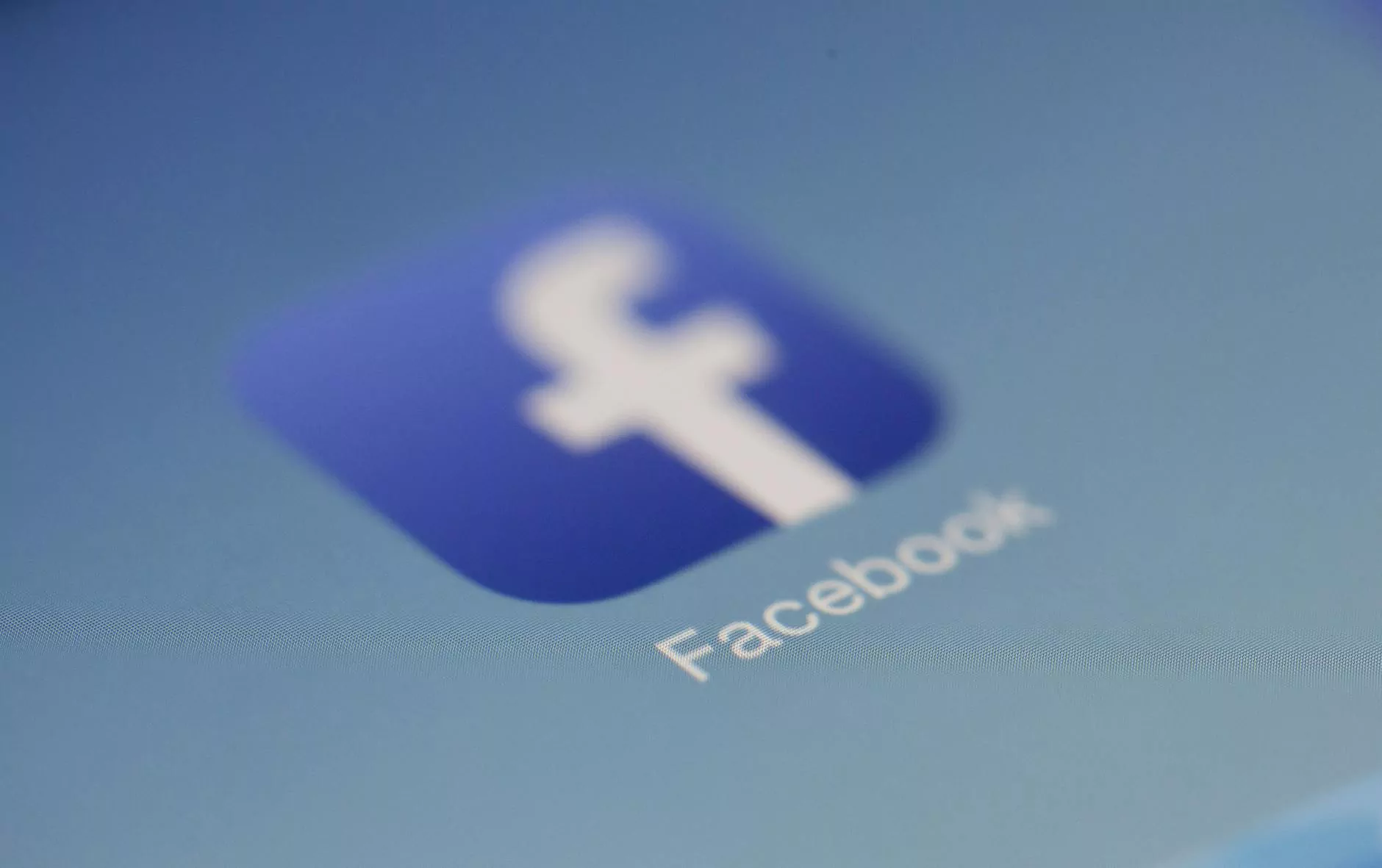Cost of Living Analysis In the Past 60 Years
Education
The Evolution of Cost of Living
Over the past six decades, the cost of living has undergone significant changes, reshaping the economic landscape and impacting both businesses and consumers. Understanding these changes can provide invaluable insights into the factors that affect the economy and people's purchasing power.
Historical Price Trends
Throughout the years, prices of goods and services have fluctuated due to various factors such as inflation, economic growth, technological advancements, and changes in consumer behavior. Analyzing these trends allows us to gain a deeper understanding of the cost of living across different periods.
1950s - Post-War Prosperity
The 1950s marked a period of post-war prosperity and rapid economic growth. With the end of World War II, countries focused on rebuilding, leading to increased consumer spending and rising prices. The demand for housing, automobiles, and household appliances surged, contributing to an upward trend in the cost of living.
1960s - The Swinging Sixties
In the 1960s, the cultural revolution, technological advancements, and growing affluence influenced the cost of living. Rising incomes and changing lifestyles resulted in increased spending on leisure activities, fashion, and entertainment. This decade witnessed a boom in consumerism, leading to higher prices for goods and services.
1970s - The Inflationary Era
The 1970s were characterized by high inflation rates, global economic challenges, and political unrest. The Organization of the Petroleum Exporting Countries (OPEC) oil embargo in 1973 triggered a surge in oil prices, causing a ripple effect on the overall cost of living. Inflation soared, impacting businesses and consumers alike.
1980s - The Decade of Economic Restructuring
The 1980s saw significant changes in the global economy, with a focus on deregulation and market-oriented reforms. Governments implemented policies to combat inflation, leading to reduced price growth. However, other sectors such as housing and healthcare experienced notable increases, balancing out the overall cost of living.
1990s - Technological Revolution
The rise of technology and the internet revolutionized various industries during the 1990s. Advances in computing, telecommunications, and e-commerce reshaped the business landscape. While the cost of technology-related products decreased, other sectors like healthcare and education witnessed a rise in prices.
2000s - The Global Financial Crisis
The early 2000s were marked by economic growth, but this was soon overshadowed by the global financial crisis of 2008. The crisis led to a recession, plummeting stock markets, and rising unemployment rates. Prices of essential goods and services continued to rise, posing financial challenges for businesses and consumers.
2010s - Shifting Consumer Preferences
In the 2010s, consumer behavior underwent a significant transformation due to technological advancements and changing societal values. This shift led to increased demand for sustainable products, organic food, and experiences rather than material possessions. These changing preferences affected the pricing dynamics in various industries.
2020s - Navigating Uncertain Times
The current decade, the 2020s, has been marred by unprecedented events such as the COVID-19 pandemic. The pandemic caused disruptions to global supply chains, business closures, and job losses. The cost of living has been greatly affected, as inflation, unemployment, and economic uncertainty continue to pose challenges for businesses and consumers.
The Impact on Businesses and Consumers
The fluctuations in the cost of living over the past 60 years have had profound effects on businesses and consumers. Understanding these impacts is crucial for businesses to make informed decisions and for consumers to manage their finances effectively.
Business Perspective
Businesses are intricately linked to the cost of living. Rising costs can affect profitability, pricing strategies, and investment decisions. Additionally, businesses must factor in the cost of living when determining wages and salaries for their employees. Analyzing the historical trends and predicting future changes can help businesses adapt and thrive in a dynamic economic landscape.
Consumer Perspective
For consumers, fluctuations in the cost of living directly impact their purchasing power and daily lives. Understanding the cost of living trends allows individuals and families to plan their budgets, make wise financial decisions, and prepare for future expenses. Changes in prices influence consumer behavior, altering spending patterns and preferences.
Conclusion
The cost of living analysis over the past 60 years provides a valuable historical context for understanding the economic and social dynamics that shape our world today. Roxanne Weber, VOA, specializes in website development services for businesses and consumers in the field of business and consumer services. We aim to deliver high-quality websites that cater to your specific needs, helping you navigate the ever-changing landscape of business and consumer services.









